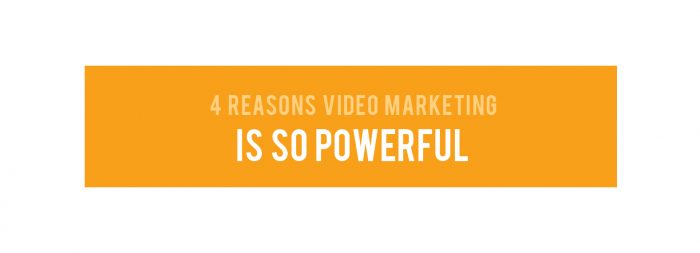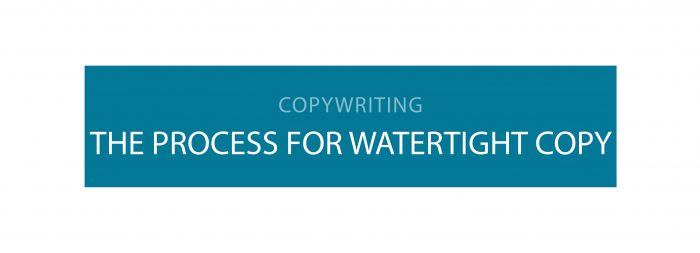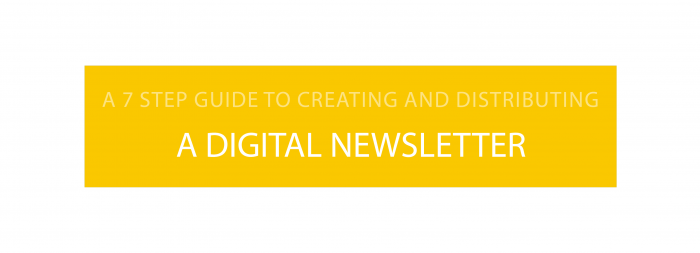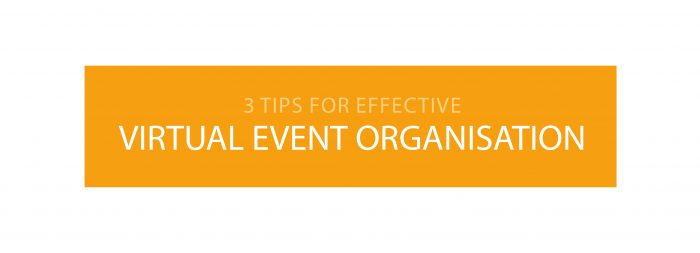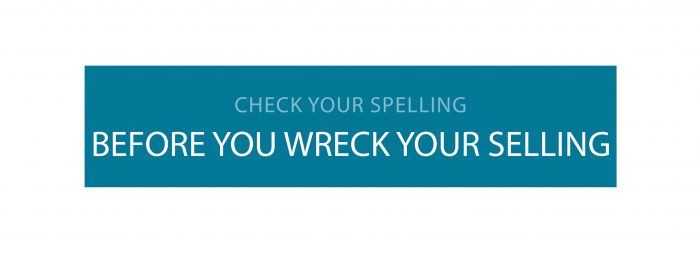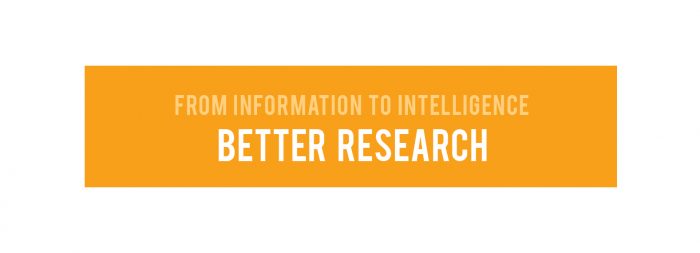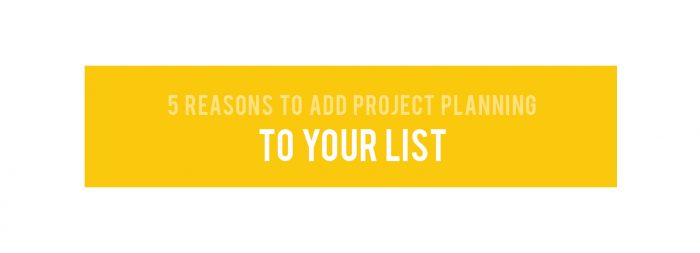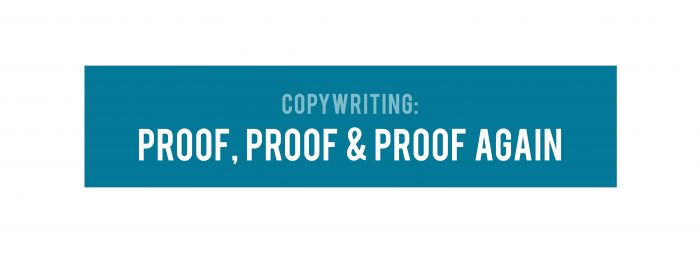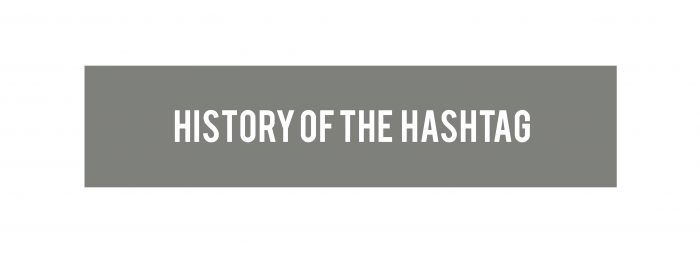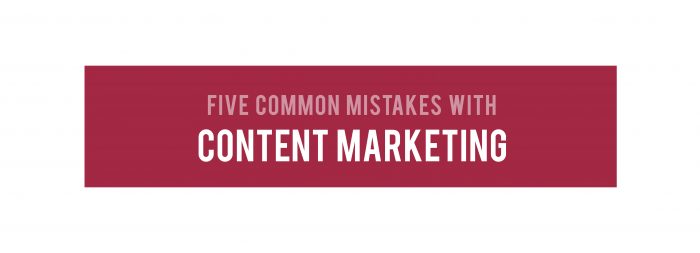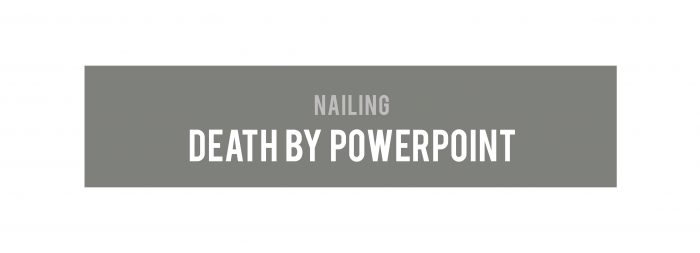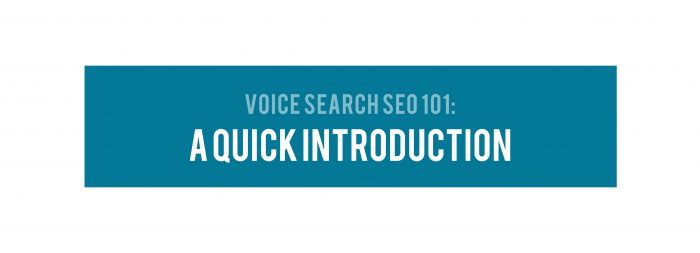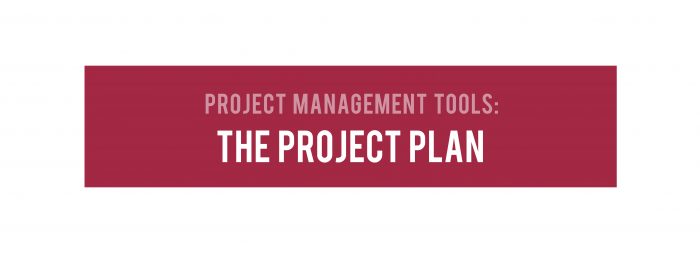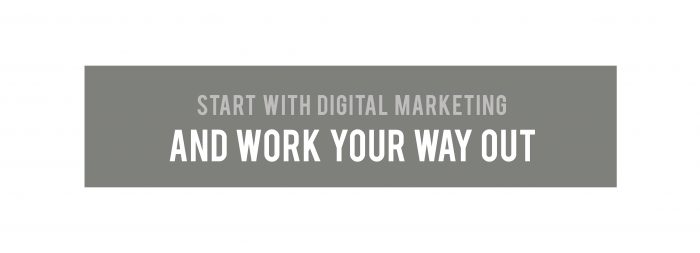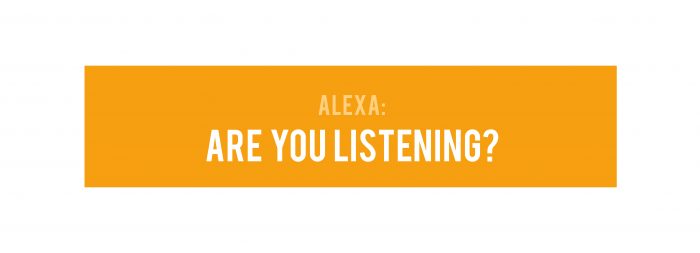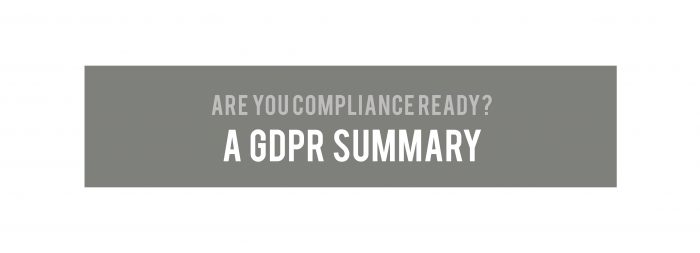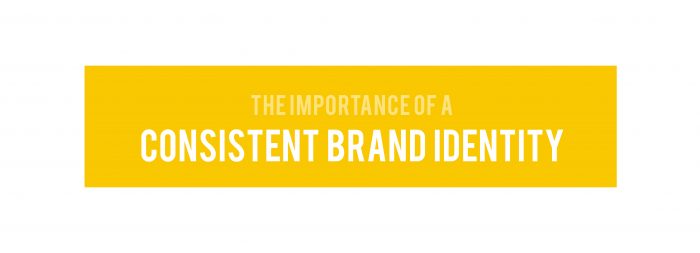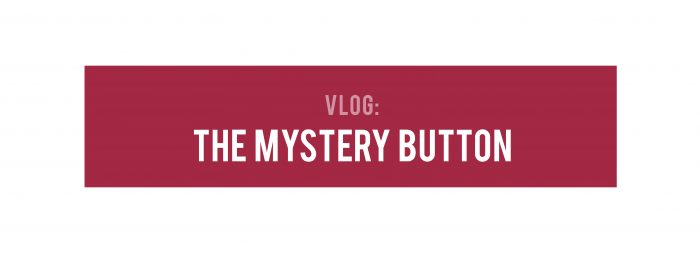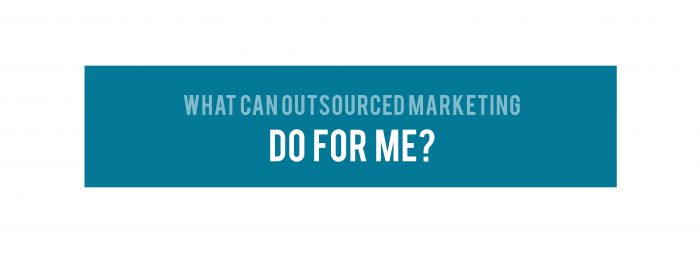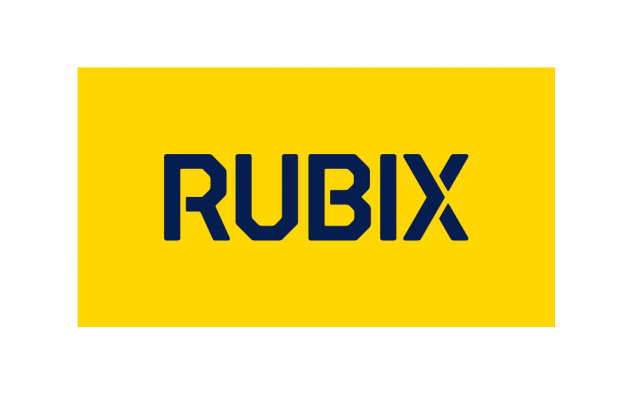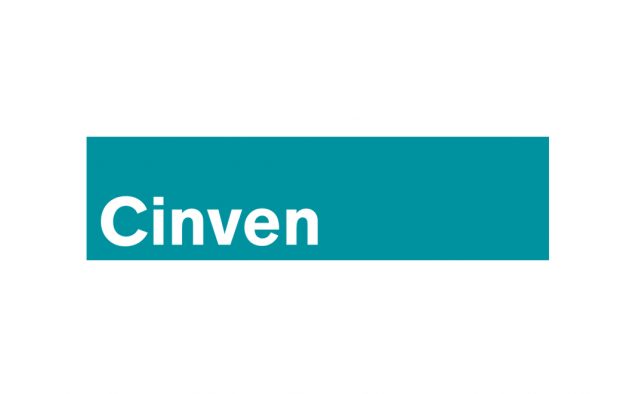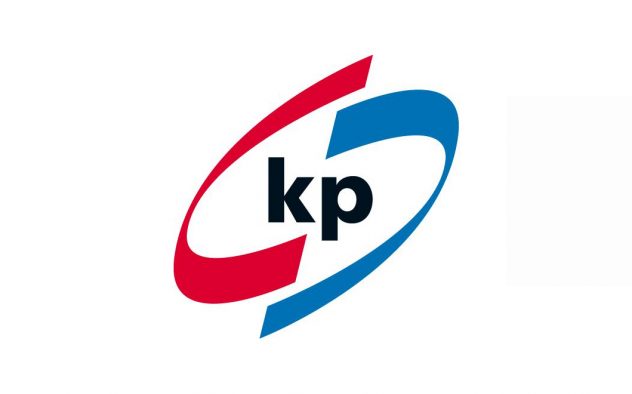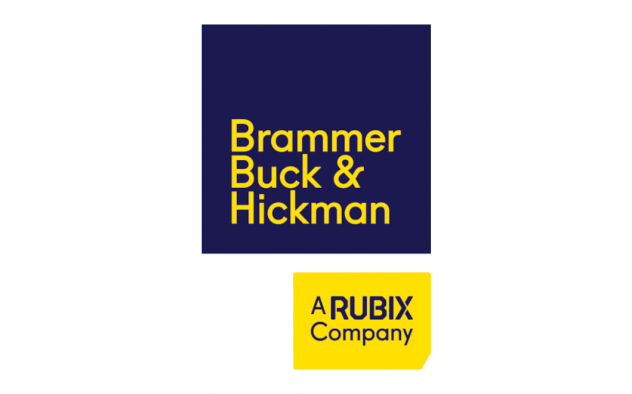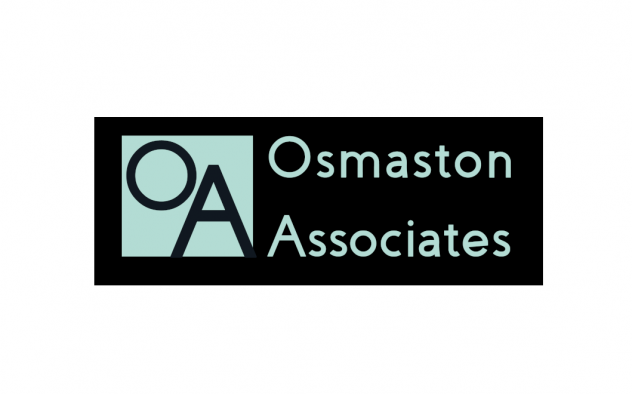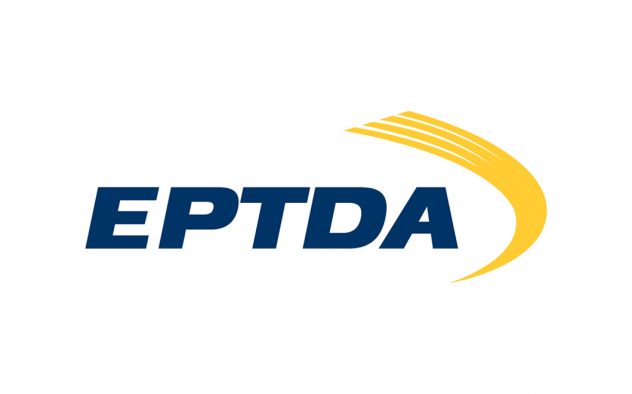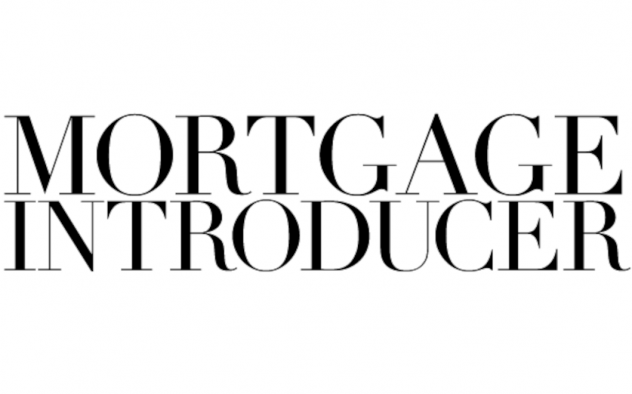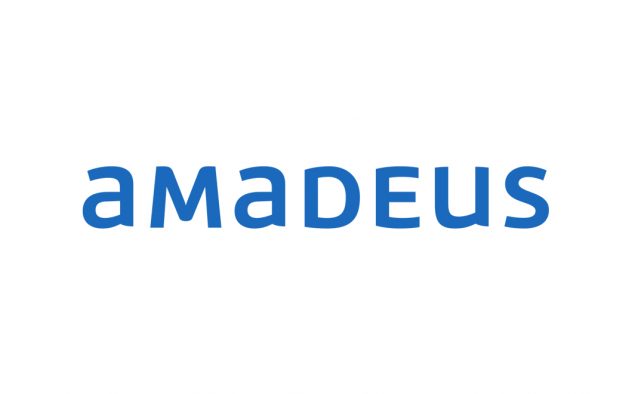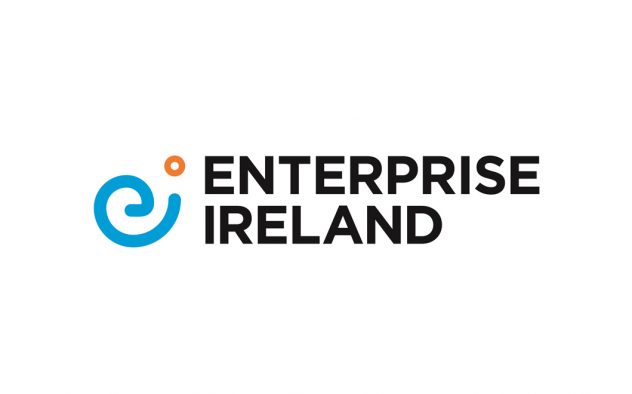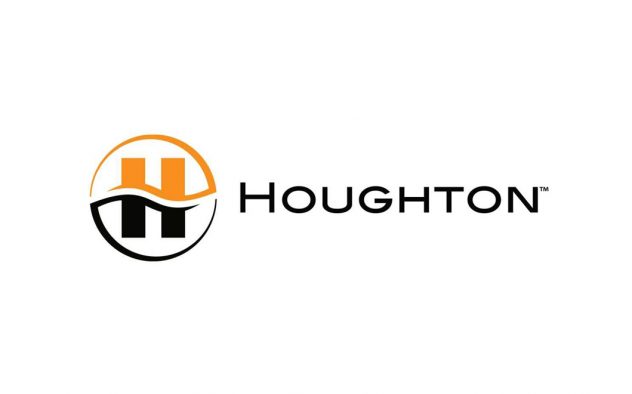Time is scarce, workloads are piling, emotions are high – whatever the justification for a poor brief, trust us, it’s really not worth it.
Yes, in theory, you might be saving time and effort short term (one more brew, one more gossip about what Jill got up to on the weekend), but what you’ll not be getting is the quality of marketing communications you deserve long term. The more time you spend at the beginning of a project, the less time you’ll spend at the end juggling the piece backwards and forwards, aggravating not only yourself but your design team to boot (and if experience tells us anything, it’s don’t upset your designers!).
You see, persuasive, golden creative requires a treasure map of Xs; information, directions, clear instructions – the lot.
The last thing you want is your creative team digging in the wrong spot, only to have to send them on a wild goose chase once more. Those cost time and money – and we generally find that businesses don’t like to waste either of those!
So, enough of the analogies, what goes into a good brief?
Well, first off, start with the simple stuff. You, of course, have a completely clear idea of the product or service you’re promoting – your creative team on the other hand, don’t. Make sure you provide a full, detailed product description including all the features and explain any acronyms along the way. Nobody wants to waste time trying to work out their WYSIWYG from being USCWAP!
Highlight what you want the piece of work to achieve and set some fully SMART objectives.
Next, positioning and propositions. Get right into the nitty gritty here and be ruthlessly clear about who the product is aimed at. We’re talking a pen portrait description of your target market complete with stereotypes and imaginary personas (are you hoping to sell to Ben, Tarquin or Jose?) – it’s far easier to be creative when you have a clear image of who it is you’re speaking to.
Devise a clearly expressed, single, compelling proposition that you want to communicate and include a positioning statement for the product (if you don’t have these, call us, we can help!). Set out any other benefits you want your audience to look at underneath, with at least one related benefit per feature. Note them down and order them in a hierarchy of appeal. (A fun Coussins secret, but something which helps us here is the ‘so what?’ test – is it really a benefit or simply a feature? Or at least we find it fun…)
Customer attitudes are important in getting across the current feeling in the market and the reaction you want your product to generate. This should be in the first person, from the point of view of the customer, and also explore possible resistance (yes, temper tantrums are a possibility!), objections and competitors. Be completely clear about issues potential customers may have, allowing your creative team to deal with them effectively – painting over imperfections, so to speak.
It’s worth taking some time here and brainstorming a few ways of getting your customers to act. Set out any potential incentives you can, including special promotions, deals and offers which might encourage a customer to act quicker than usual (chocolate and biscuits tend to work with us).
Lay down a clear call to action and stick to it, what’s the next step in the buying process you’re trying to achieve?
Finally, read through what you’ve written, note down any style points or guidelines you’ve missed and add in any personal preferences where appropriate – if the colour yellow reminds you of that time you accidentally dropped your mother-in-law’s trifle. On your mother-in-law. Then now is the time to speak up! Only once you’re confident you’ve missed nothing off are you finally ready to hit send.
It’s important to remember, a creative’s job is not to create content, but to shape and embellish existing content for a specific purpose.
The bigger and better the treasure map, the more golden the treasure – happy briefing folks!
 Coussins Associates have been providing outsourced marketing services for over 25 years – yikes! Our clients enjoy the benefits of an easily scalable resource, no fixed costs, no hidden overheads and a team that can not only devise solutions and manage projects, but also take on downstream work such as research, copywriting and design management. All seamlessly integrated to provide a win-win solution – in-house marketing resources with outsourced cost savings.
Coussins Associates have been providing outsourced marketing services for over 25 years – yikes! Our clients enjoy the benefits of an easily scalable resource, no fixed costs, no hidden overheads and a team that can not only devise solutions and manage projects, but also take on downstream work such as research, copywriting and design management. All seamlessly integrated to provide a win-win solution – in-house marketing resources with outsourced cost savings.
To find out more about our outsourced marketing services, read more here, or click here to pop us an email.
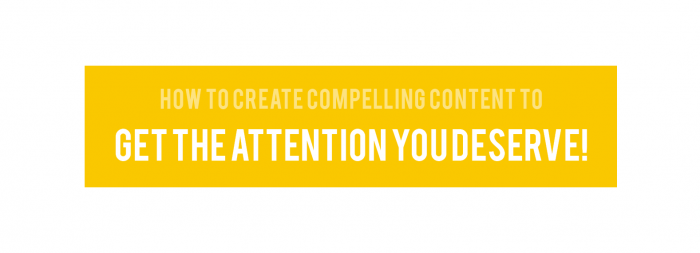
 Coussins Associates have been providing outsourced marketing services for over 25 years – yikes! Our clients enjoy the benefits of an easily scalable resource, no fixed costs, no hidden overheads and a team that can not only devise solutions and manage projects, but also take on downstream work such as research, copywriting and design management. All seamlessly integrated to provide a win-win solution – in-house marketing resources with outsourced cost savings.
Coussins Associates have been providing outsourced marketing services for over 25 years – yikes! Our clients enjoy the benefits of an easily scalable resource, no fixed costs, no hidden overheads and a team that can not only devise solutions and manage projects, but also take on downstream work such as research, copywriting and design management. All seamlessly integrated to provide a win-win solution – in-house marketing resources with outsourced cost savings.
